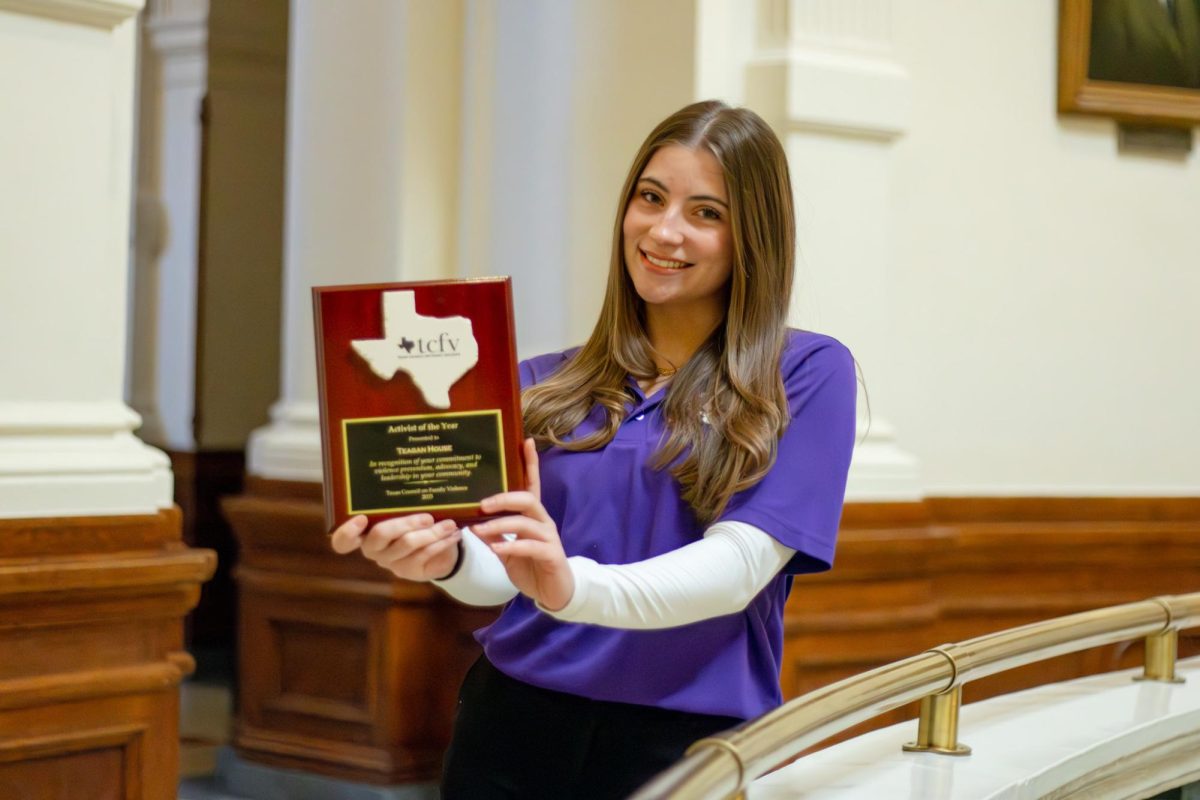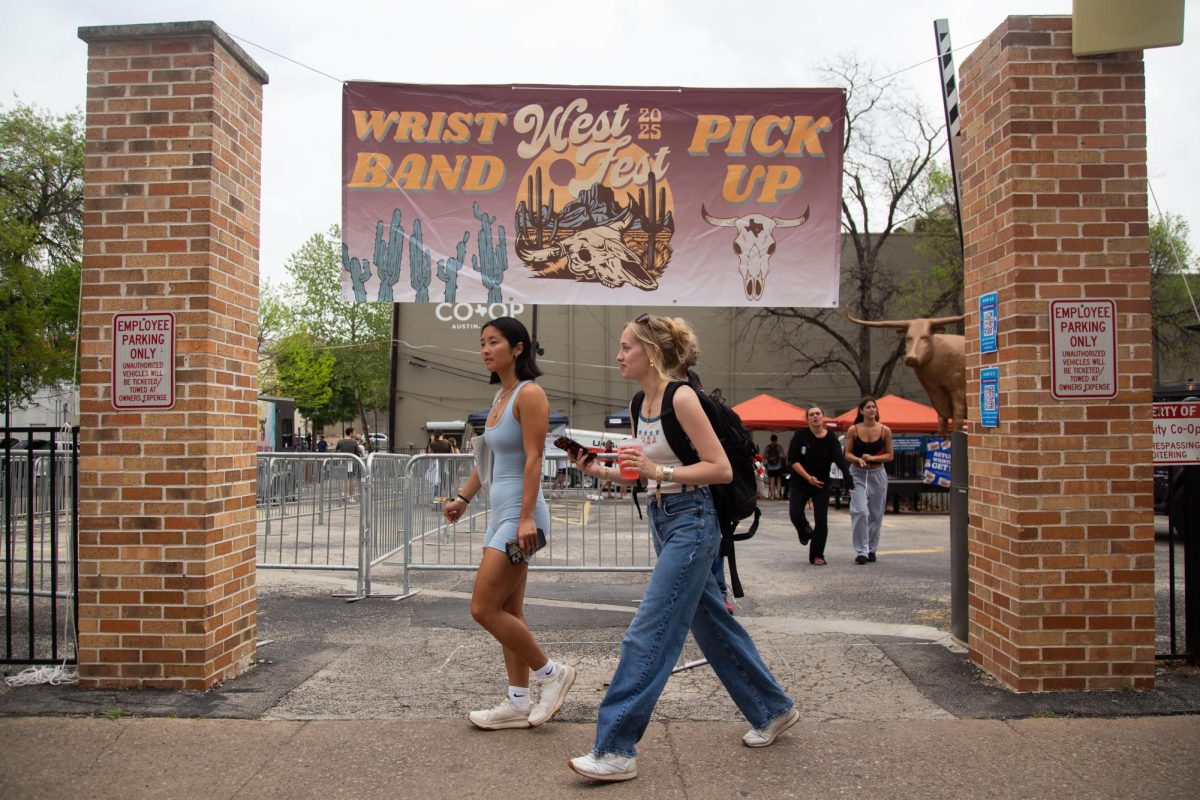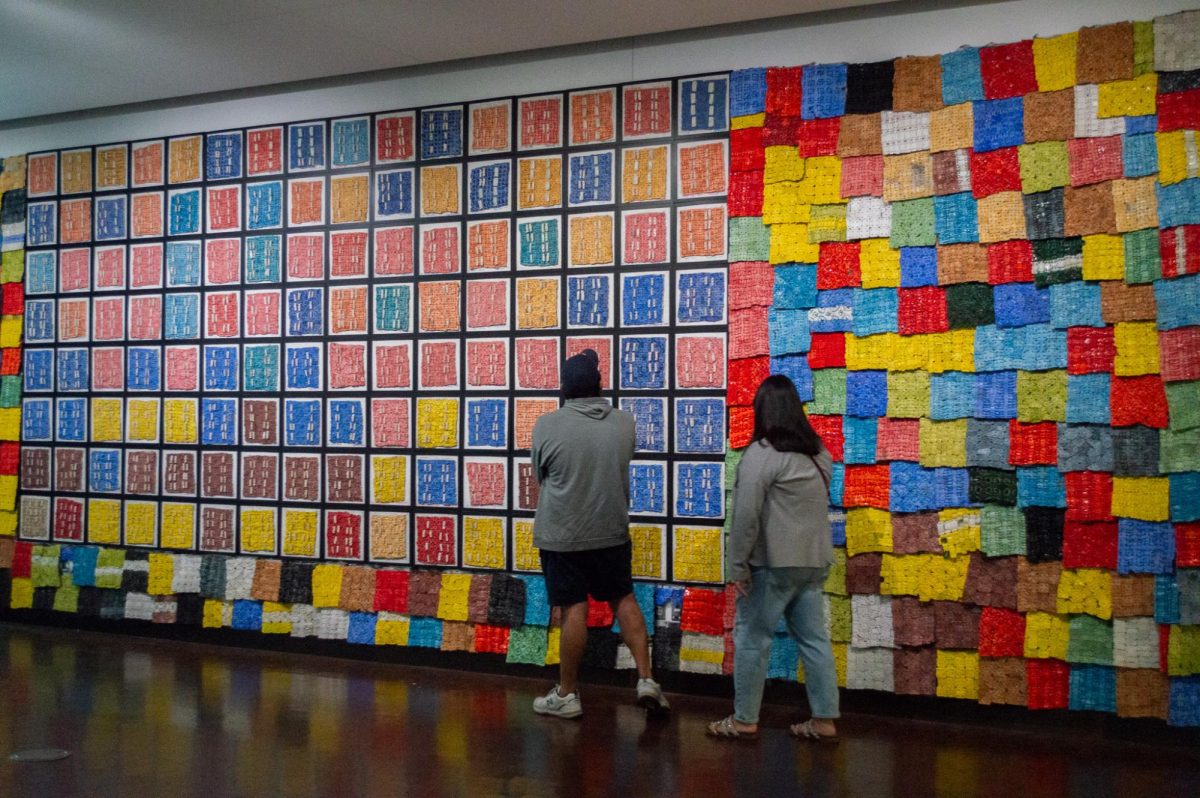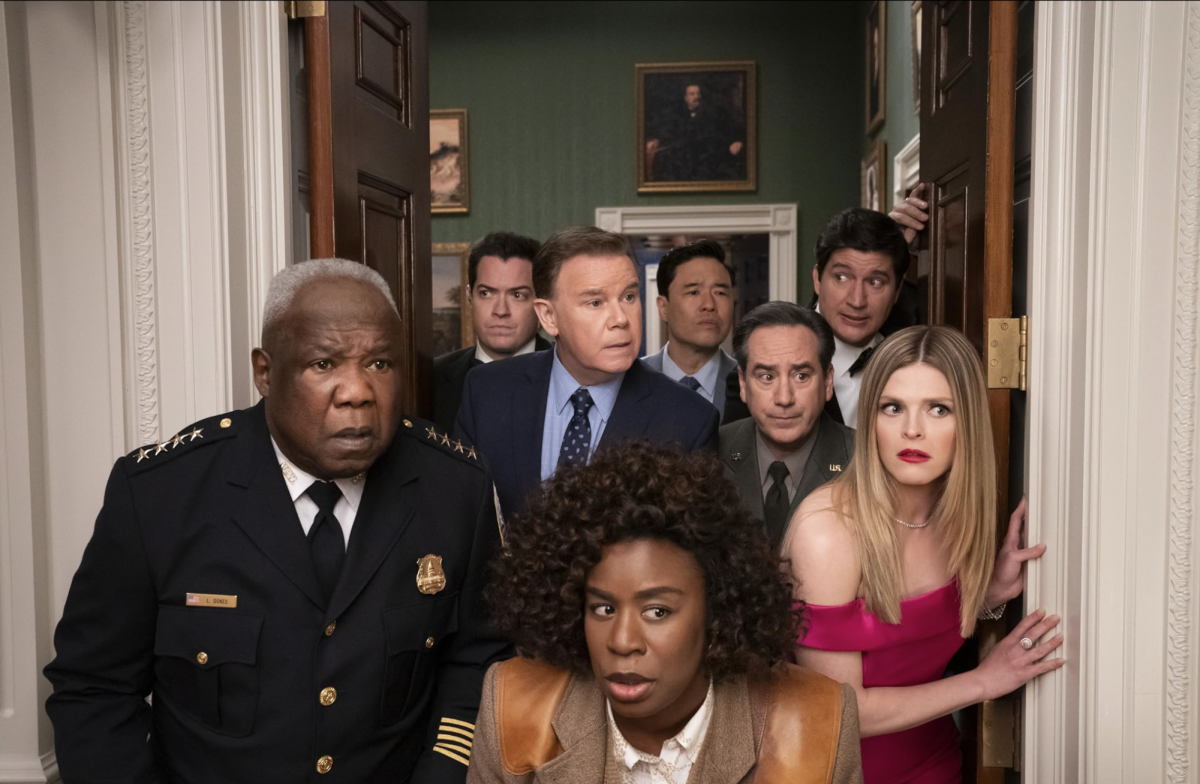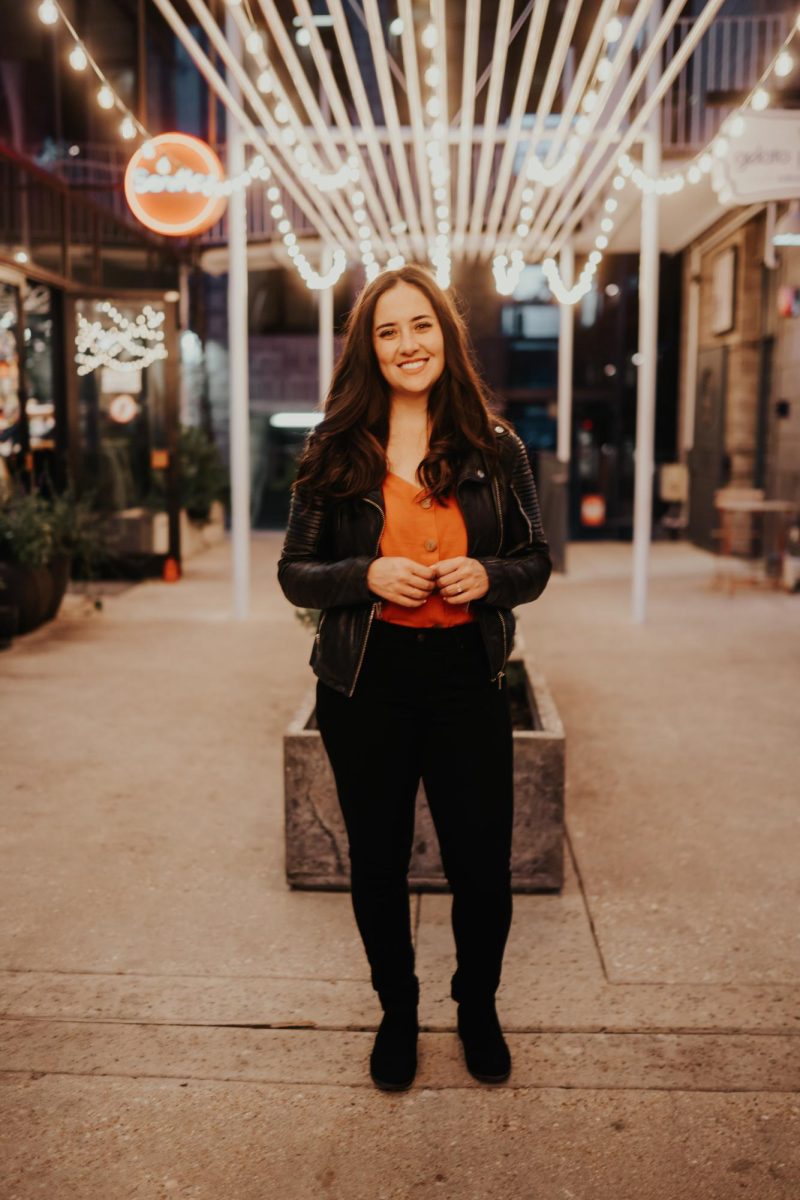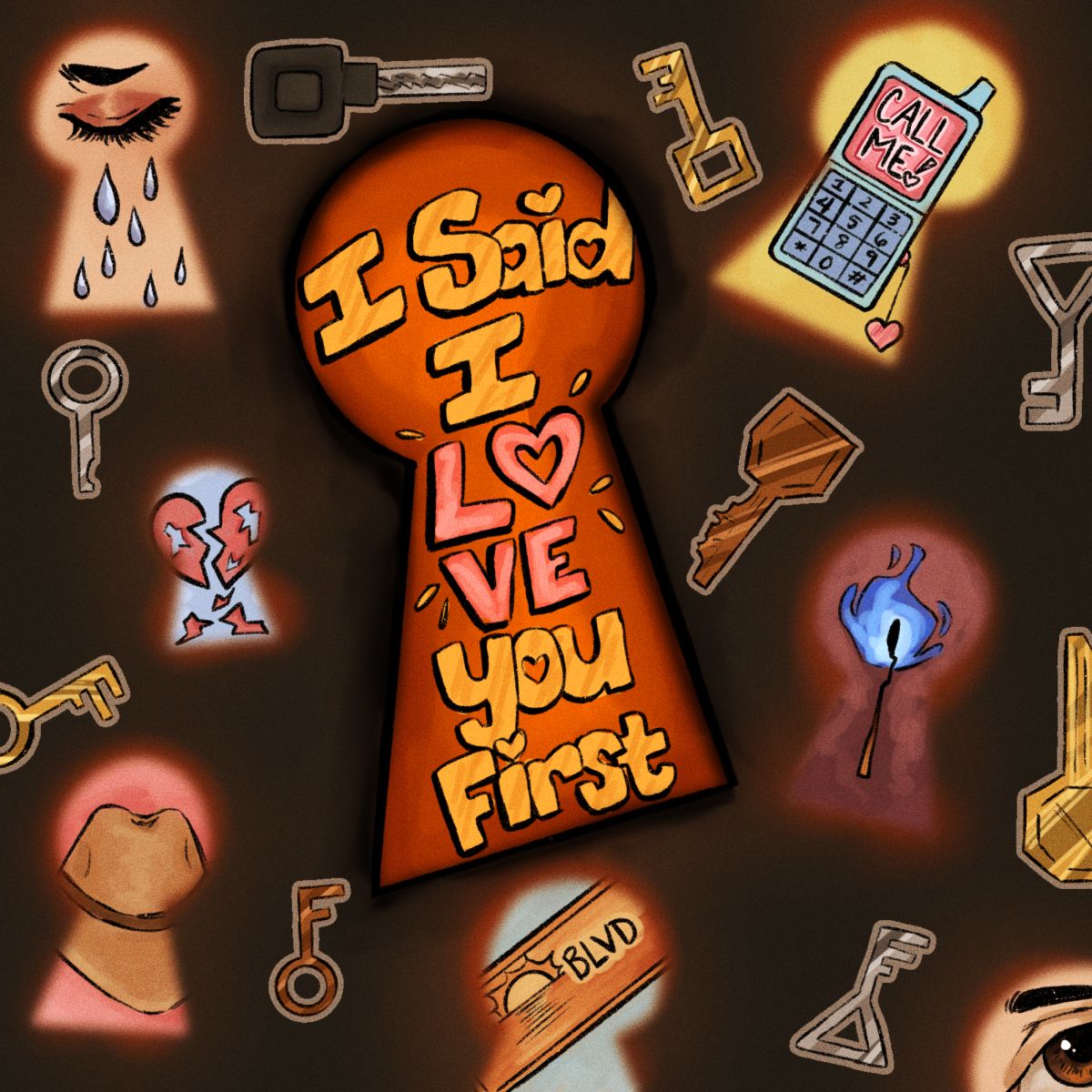A rubicon is defined as a “bounding or limiting line.” Three studio art majors represented the concept in their new exhibit, “Retracing the Rubicon.”
Curated by Fionayuko Forbes, Farah Narejo and Zahra Martinez, “Retracing the Rubicon” is a new art exhibit organized by Center Space Project. The exhibition highlights the works of 10 different artists through various mediums and aims to acknowledge how people cope with the past and deal with grief.
“Further than just healing, one of the things that people can get out of the exhibition is seeing grief as something that they can actually talk about,” third-year Forbes said. “It’s not a taboo subject. It’s okay to miss the past or miss people.”
The original concept for the exhibit stems from fourth-year Martinez, who lost her grandmother a couple of years ago. Forbes said that while Martinez constructed the idea for the show, she tried to find other people who experienced similar aspects of grief. Martinez connected with Forbes, who was grappling with the recent death of her uncle, and Narejo, who was grieving in a different way regarding her
cultural community.
“We wanted to show different facets of grief and the grieving process, as well as the healing process through the artists that we chose,” Forbes said. “That was really important in trying to contextualize grief as unique to each person but kind of collective in the sense of feeling.”
UT department of art and art history lecturer Alex Boeschenstein, who formerly had Narejo and Martinez as students, was chosen to include pieces in the exhibit. Boeschenstein said the pieces were influenced by his residency in Roswell, New Mexico where he studied the region’s nuclear history and the lasting impacts of the Cold War. Boeschenstein utilized a printmaking process called stone lithography for his artwork.
“At least in many ways, the people in the U.S. have not moved past the Cold War paradigm,” Boeschenstein said. “(There is) grief emerging from this period. These kinds of griefs live within individuals and groups with the half life of plutonium.”
Another artist featured in the exhibit is studio art graduate student Lorena Diosdado, who formerly taught Forbes in a life figure drawing class. Her painting, called “Laurita’s Funeral,” utilizes oil on unstretched canvas. Diosdado said the painting explores the death of her cousin, who passed away at a young age.
“My piece fits into the exhibit as a reflection of the past,” Diosdado said. “A question I’m asking myself is, ‘What do I do with this grief?’ My cousin passed away from a genetic illness that also affects two of my sisters. It’s a very literal question of, ‘What do you do with what you inherit?’”
Forbes said the main goal of this show is to take from each of the artists’ experiences and place it together as a whole in
one exhibition.
“By retracing that rubicon consistently, you’re able to move past boundaries of the unthinkable, like loss,” Forbes said. “We thought about how others could take that with them and think about how that sense of the past really carries through in the future. It can make you feel greater appreciation and love for the present.”






